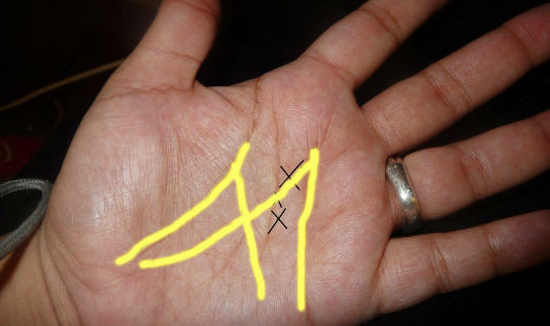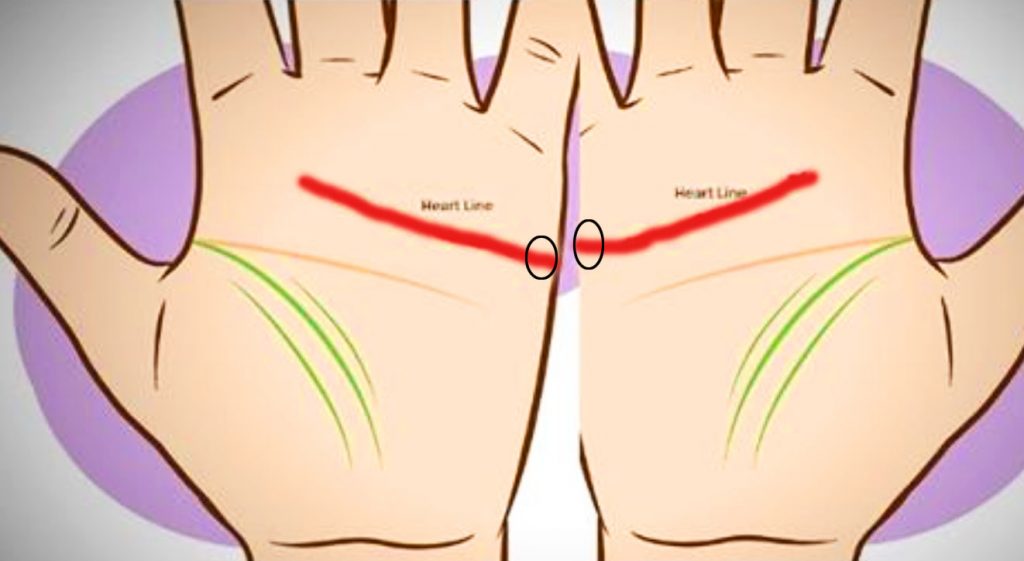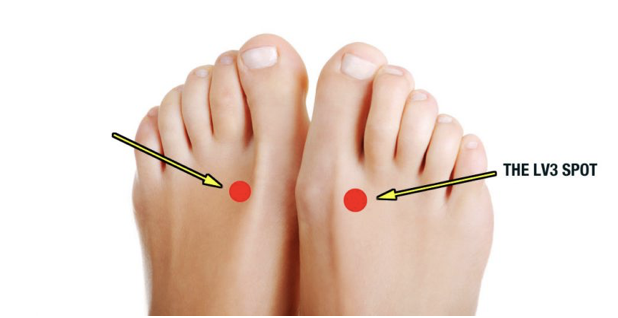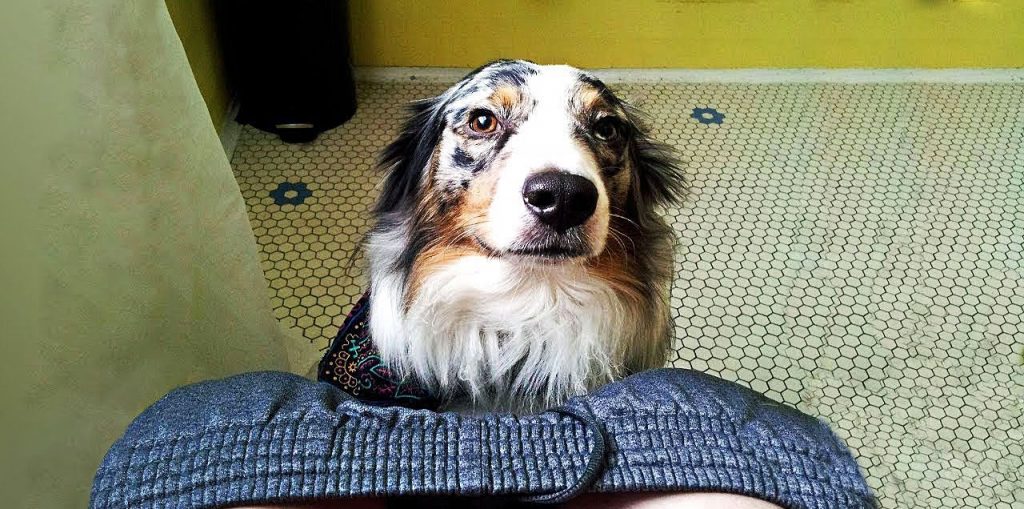He Wrote A Suicide-Note and Left His Room. When He Returns He’s Stunned When His Dog Does THIS
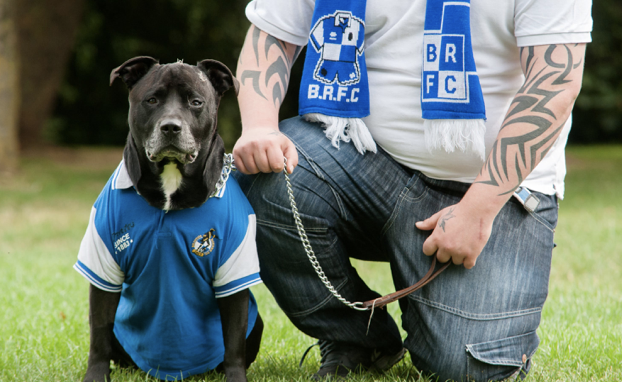
Animals are incredibly in tune and aware of everything around them, so when something seems off or strange, they tend to notice it right away. Our pets are very emotionally connected to us, when they see their human companions upset or crying, they often approach the person gently and offer them lots of licks, sweet puppy eyes, and tender reassurance.
Most often it is man’s best friend, dogs, who react as if they know the person needs some extra love and affection. In a way, it’s as if dogs have a 6th sense for these types of situations. They just feel and intuitively know what to do when humans are deeply upset and sad.
Twenty-three year old Byron Taylor knows this all too well. He says that his six year old Rare Welsh Bull Mastiff, Geo, saved his life. The normally gentle, peaceful, loving dog saw something was amiss with his owner and took action when Taylor was about to attempt suicide.
He had gone so far as to fashion a noose out of rope and left it for a moment to write a suicide note to his family. When he returned a few minutes later Geo had grabbed the rope with his strong jaws and wouldn’t let go of it. Even when Taylor tried to wrestle it back, Geo held on tight and even snarled and growled uncharacteristically at him. Eventually the dog tore the rope to shreds, Taylor says “He chewed up the noose…
In a way, I think Geo knew what I was going to do.” It certainly seems as if his faithful companion truly did know what was going through Taylor’s mind and he stepped in at the right time to put a stop to it. Geo gave him a clear reminder of exactly what he had to live for, and in his darkest hour Geo showed him that he cared and was not about to let his best friend go out like that.
That was a few years ago, and now Taylor is at a better place in his life. However, Geo has only days to live. His veterinarian found an aggressive tumor on his head which turned out to be cancerous. It has since been rapidly spreading to other parts of his body and sadly his condition is incurable.
Taylor wishes that he could return the favor and save Geo’s life, but he can only continue to stay by his loyal companion’s side and give him the most love he can until he passes. For now, he plays with the happy dog and cherishes every precious moment he has left. Geo will always be in his heart, forever remembered as the dog who saved his life.
Please Share This Story With Family and Friends
I Noticed A Weird Spot On THIS Rhino’s Horn. When I Realized What It Was It Will Save The Species!
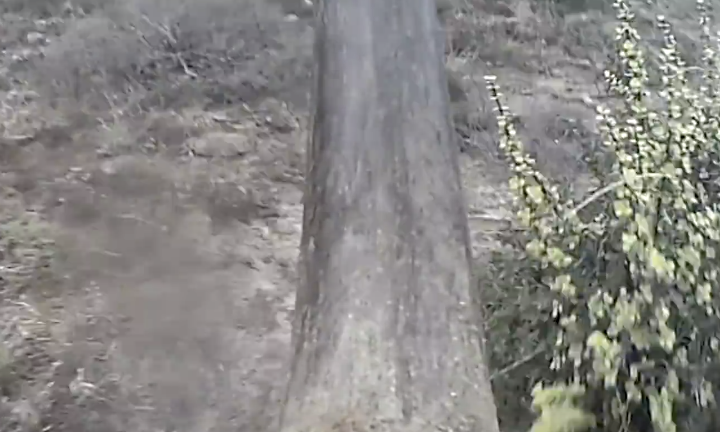
Poaching and illegal big game hunting has been in the spotlight lately due to the tragic killing of Cecil The Lion, a famous and beloved adult male lion who was senselessly slaughtered in the pursuit of trophy hunting. The American dentist who murdered Cecil, Walter Palmer, is now one of the world’s most hated men and an international pariah.
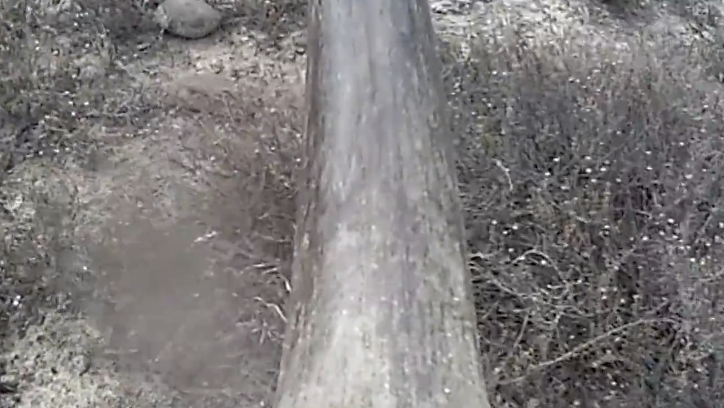
Cecil’s untimely death has sparked outrage and many are asking what more can be done to prevent such travesties. Every year thousands of other animals are illegally killed in Africa, so much so that many animals are now dangerously close to becoming extinct.
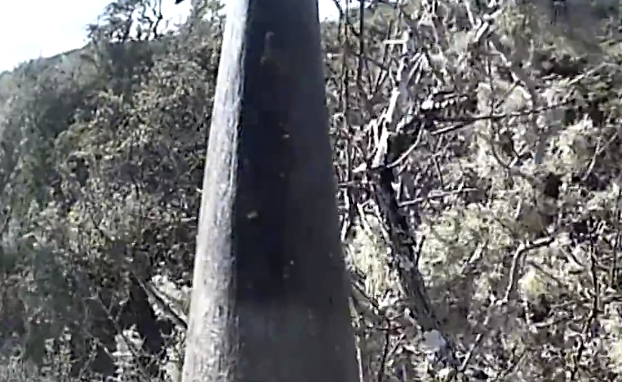
One animal under extreme threat is the rhinoceros. The large herbivores are being killed by poachers at an astronomical rate for their horns. According to the non-profit group Protect, they estimate that rhino poaching is up 9,300% since 2009.
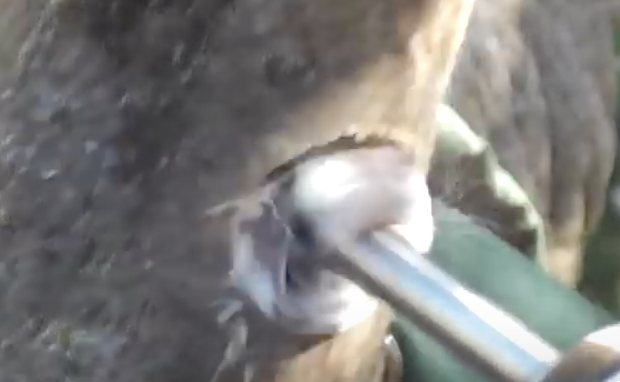
This is all due to the huge demand for rhino horns in mainly Asia where they are sold on the black market for around $30K a pound, making them more valuable than gold by weight. Dr. Paul O’Donoghue, the chief scientific advisor for Protect, says that “currently a rhino is butchered every 6 hours in Africa…We had to find a way to protect these animals in the field; the killing had to be stopped.”
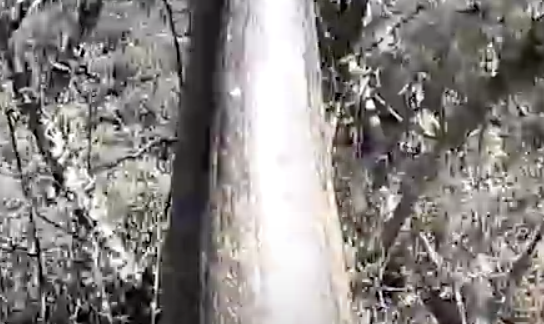
These figures and that desire to protect the species is why the non-profit invented RAPID, which is short for Real-Time Anti-Poaching Intelligence Device. The invention consists of a smart watch with a forward facing video camera, GPS tracker, and a heart rate monitor.
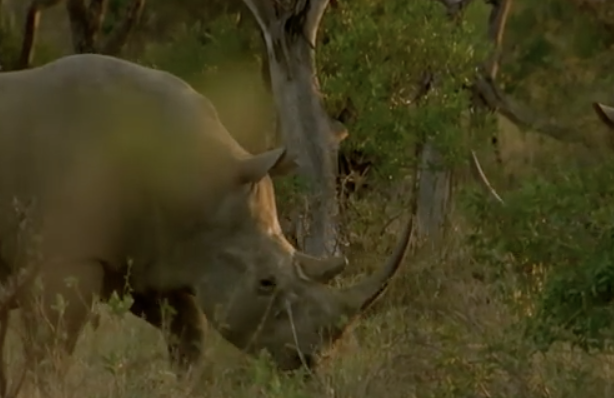
It’s compact enough to be fitted and mounted into a rhino’s horn while not hurting or affecting the animal negatively. If a rhino’s heart rate starts racing or suddenly goes still, observers monitoring them get an alert that lets them turn on the camera to see what’s happening. At the same time, the GPS allows them to pinpoint the exact location and rangers can be on the scene within 10 minutes via helicopter.
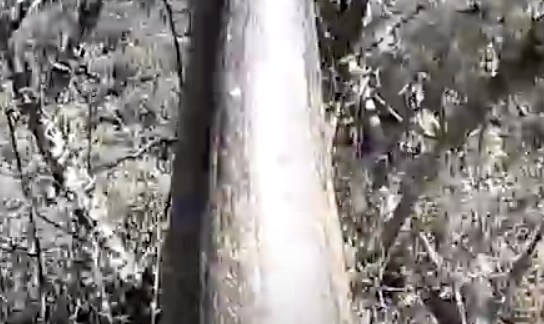
Ideally this will prevent poachers from harming the rhinos because the chances of them being caught within minutes is much greater. Currently, poachers operate with barely any risk of getting caught and when they kill a rhino, they don’t stop there.
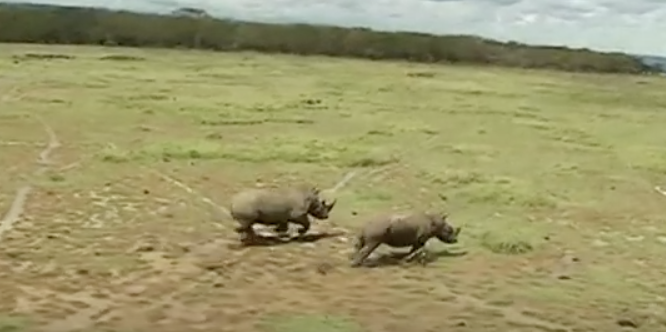
Instead they often go on to kill 10 or 15 at a time, spending several nights hunting them in parks. Now, when one rhino is shot or injured, a signal will immediately be sent and rangers can respond rapidly and be at that rhinos side. This will enable them to catch the poachers right then and there, and stop them from going on to kill dozens more.
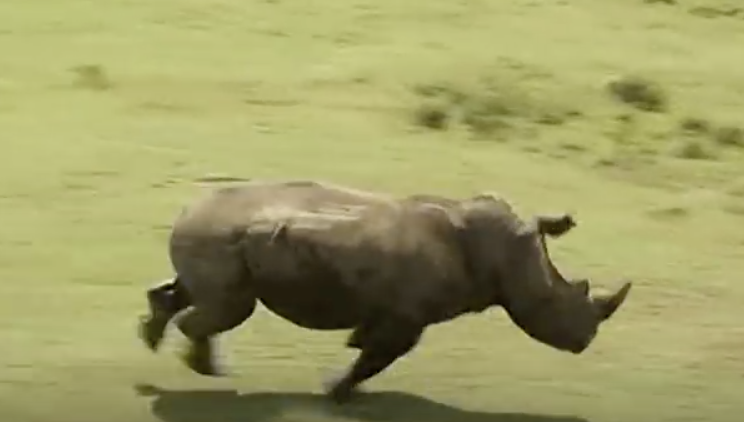
This is just one solution to the tragic and barbaric problems faced by rhinos. If the poaching doesn’t stop or slow down they will be hunted to extinction within a decade. Hopefully the point of view cameras will be enough of a deterrence to stop the violent acts, and rhinos will be able to recuperate over time.
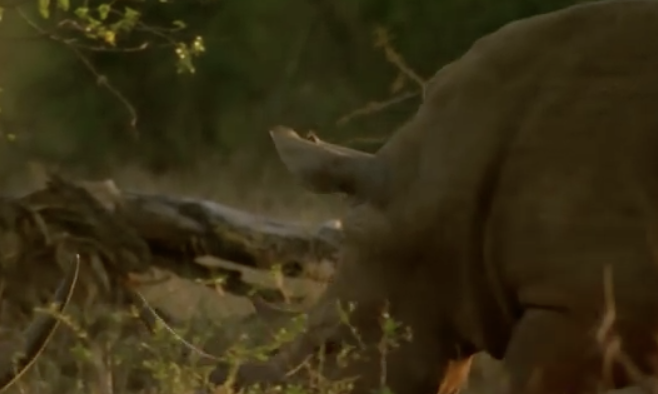
Please Share This Incredible Story To Help Stop The Killing Of Rhinos!
This Simple Trick Can Save A Choking Baby’s Life. I’m So Happy I Learned THIS
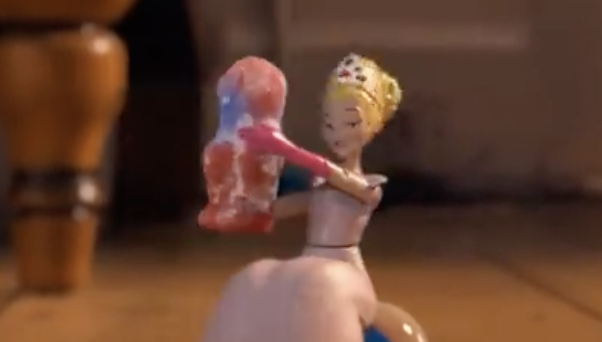
All newborn babies and infants are extremely vulnerable to choking hazards. At the beginning stages of life everything is new to them and their tiny bodies are extremely fragile. It’s a never ending battle for parents and caretakers, who have to constantly be on the lookout for potential hazards, in order to keep them safe. In terms of size, a young child’s windpipe is comparable to the diameter of a drinking straw and their throats aren’t much wider.
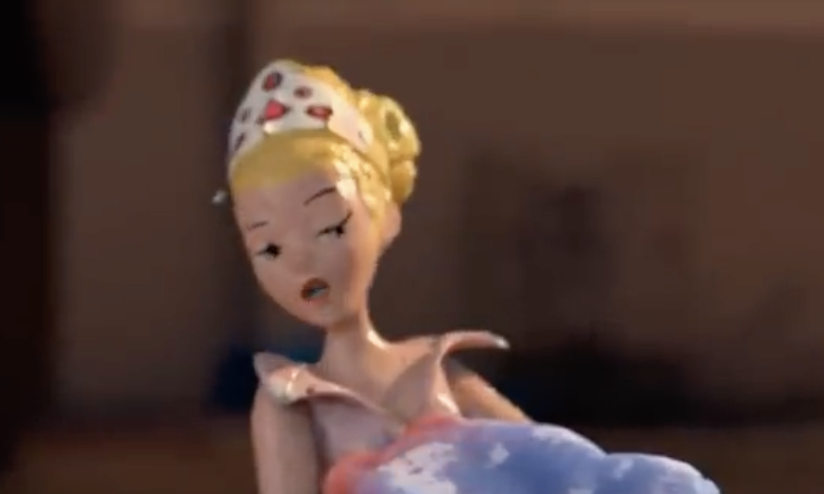
In children under 5 years of age, choking is the fourth leading cause of unintentional death, and food is the the most common cause in these cases. Any food can be a possible choking risk and young children should always be closely supervised when eating or drinking. Another danger to infants is toys and small objects left around the house that they can get their hands on and stick in their mouths.
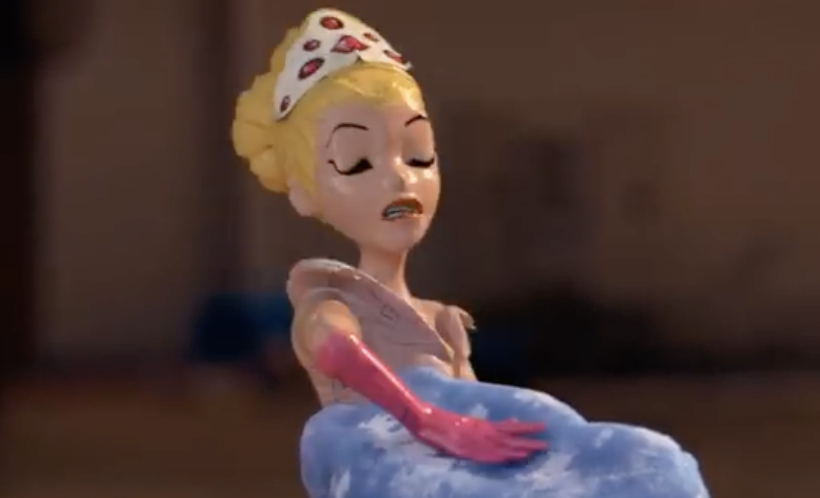
While some toy manufacturers clearly label toys that may present a choking hazard to kids, many others do not. Regardless of that, lots of small objects that aren’t specifically made for kids are all around houses and if you don’t baby-proof areas children play in, you are asking for trouble. If a child ever does end up choking on food or an object would you know what to do?
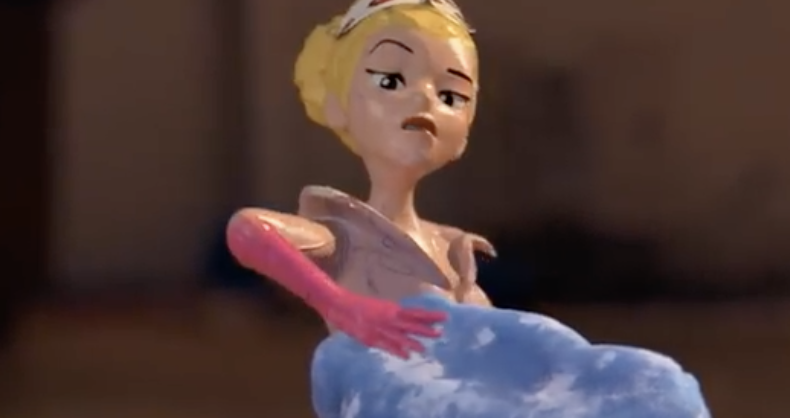
Many parents, and people in general, have no clue what to do if and when a baby starts to choke. That’s scary considering that in one survey over 40% of parents reported that they had witnessed their own baby choke.
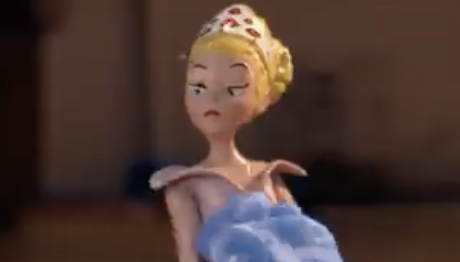
This is what prompted St John Ambulance to make a public service advert in the form of an animated video. It both instructs and shows visually via animated characters exactly what to do if an infant child chokes or stops breathing. The following instructions were taken word for word from the advert, “If your baby is choking, lay them face down on your thigh.
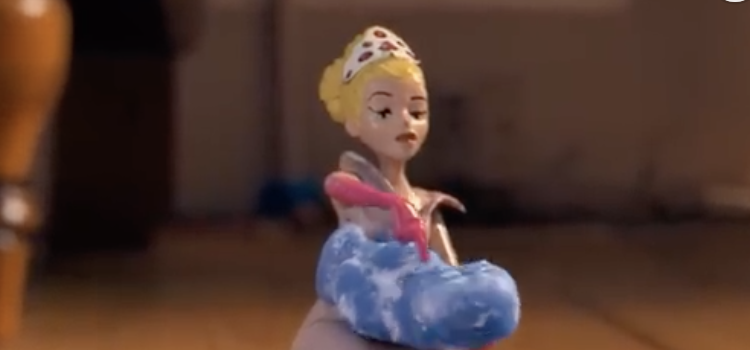
Then one gives up to five back blows. If that doesn’t work, turn them over and give them up to 5 chest thrusts….until the airway is clear. And if that still doesn’t work, call an ambulance.”
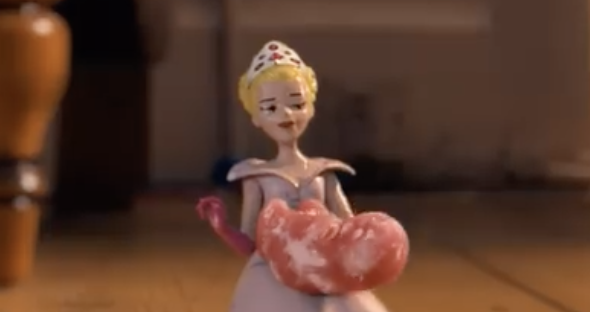
This basic information only takes a minute to digest and is easy to remember. It’s vitally important for the health and safety of all infants and babies that people know about this and are aware of what to do.
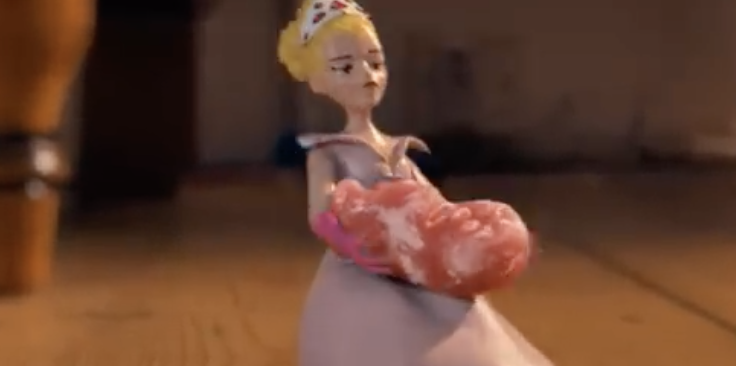
Please Share This With Your Family and Friends
The Simplest Way To Save Any Baby Who Is Choking.
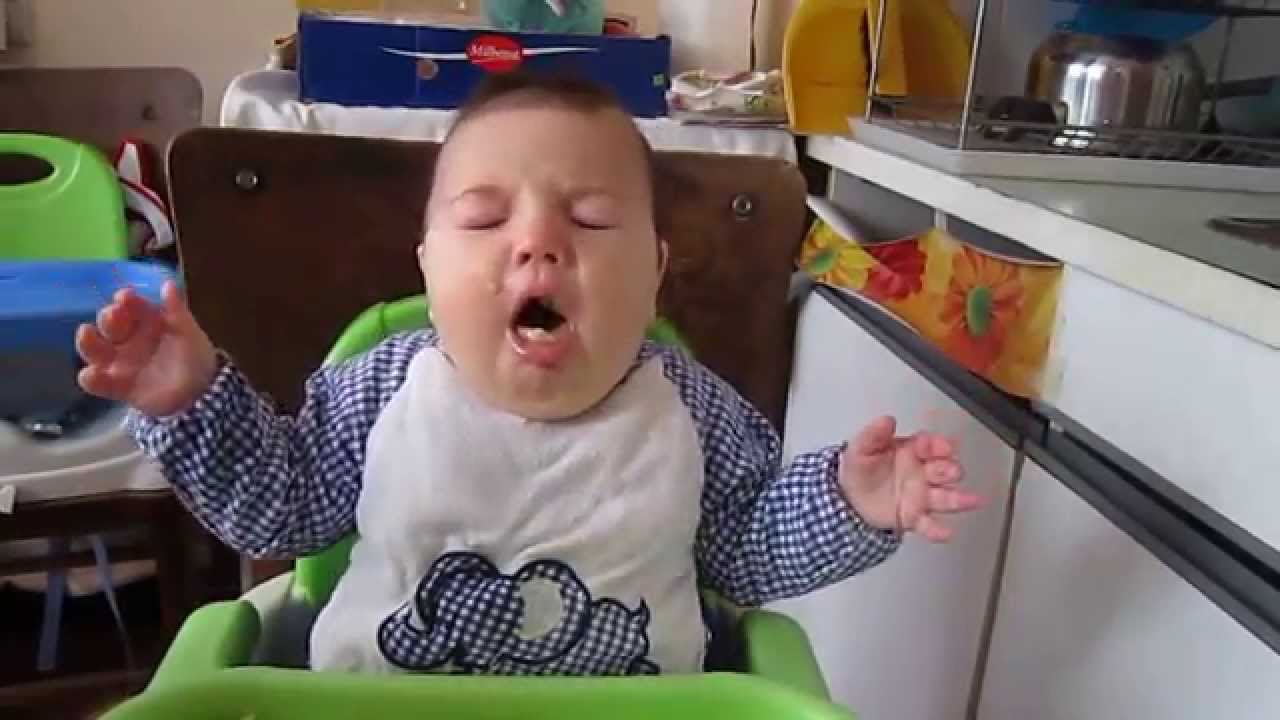 image via – youtube.com
image via – youtube.com
All children are delicate, but newborn babies are especially so because they are at their most fragile stage in life. Infants must be handled with care and monitored closely by parents and caretakers in order to keep them as safe as can be, you just never know when a potential hazard might pop up.
Out of all the risks to newborns and infants, choking is one of the biggest ones. According to the New York State Department of Health, children under 5 are at the greatest risk of choking and it’s the fourth leading cause of unintentional death among them. In the majority of cases, food is the most common cause but toys and other small objects can pose a choking hazard as well. Kids love picking up random things they find around the house and oftentimes they end up sticking those items in their mouths. Even if you baby-proof play areas and supervise infants, there is always a chance they could choke on something they find or eat.
To put the issue in perspective a young child’s windpipe is comparable to the diameter of a drinking straw in terms of size, and their throats aren’t much wider. Things can easily get stuck or lodged in their throats. If that should ever happen would you know what to do?
Most people have absolutely no clue about what they should do if a baby is choking. That’s alarming in light of one survey conducted by first aid charity St John Ambulance, which found that over 40% of parents had witnessed their own baby choke. They also found that over four-fifths of the parents they questioned didn’t know what to do or how to respond to a choking baby.
Those numbers are what spurred the charity to make the accompanying public service advert in the form of an animated video. It’s a wonderful way to instruct and visually demonstrate exactly what you need to do if a baby chokes or stops breathing. The animated characters take you through the hazards and the steps so you can be prepared if/when this ever happens to you. Here is exactly what the video instructs you to do:
“If your baby is choking, lay them face down on your thigh. Then one gives up to five back blows. If that doesn’t work, turn them over and give them up to 5 chest thrusts….until the airway is clear. And if that still doesn’t work, call an ambulance.” It’s basic and it takes less than a minute to watch the video which will imprint on your mind, stay with you for longer, and make it easy to remember. People everywhere need to see this so they know how to respond to a choking infant, regardless of whether or not they have a young baby at home. Please share this information and educational video with friends and family and help put the health and safety of children everywhere first.
Please SHARE This With Family and Friends, It Could Save a Life

